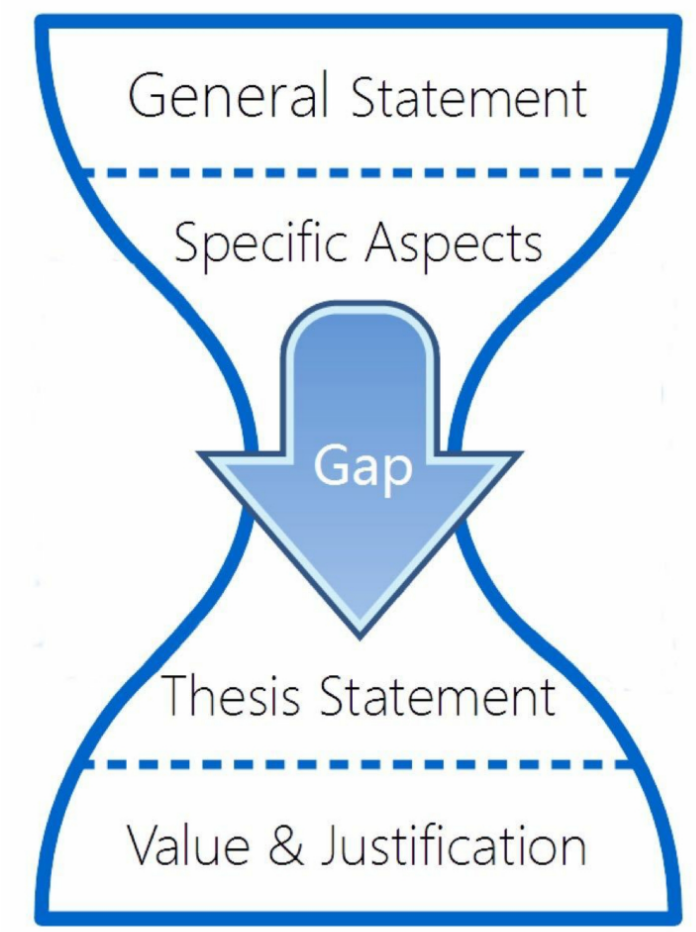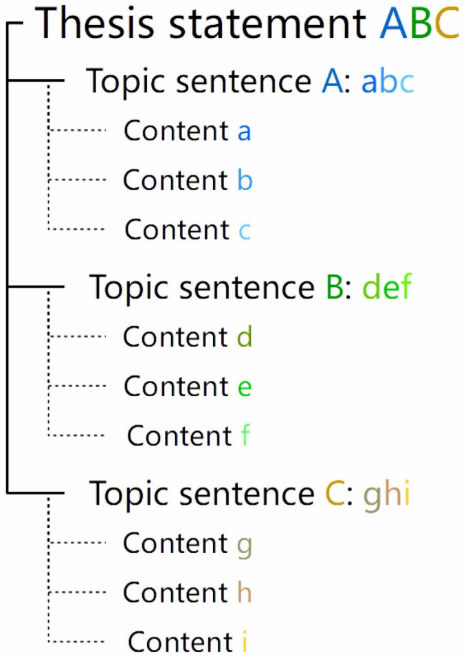写作篇(2):第一本英文学术写作指导书
最近复习下英文写作,资料来自于之前看过的一本小电子书,重读一下记点笔记
全文参考Zou博士[知乎ID Luyaozou]在知乎上的《你的第一本英文学术写作指导书》
中西论证方式的差别
关注中英文在论证的逻辑表达方式上的差异。作者举贾谊的《过秦论》例子来说明中文较为常用的论证方式:先铺陈证据,再总结陈词。如上是上篇的最后一段,最后一句点明了全文的主旨。而英文论文中则更是一种开门见山,自上而下的结构,主题在段落的开头呈现,然后再铺陈论证,作者举了培根的《谈读书》以说明。
且夫天下非小弱也,雍州之地,崤函之固,自若也。陈涉之位,非尊于齐、楚、燕、赵、韩、魏、宋、卫、中山之君也;锄耰棘矜,非铦于钩戟长铩也;谪戍之众,非抗于九国之师也;深谋远虑,行军用兵之道,非及向时之士也。然而成败异变,功业相反,何也?试使山东之国与陈涉度长絜(xié)大,比权量力,则不可同年而语矣。然秦以区区之地,致万乘之势,序八州而朝同列,百有余年矣;然后以六合为家,崤函为宫;一夫作难而七庙隳,身死人手,为天下笑者,何也?仁义不施而攻守之势异也。
Studies serce for delight, for ornament, and for ability. Their cheif use for delight, is in privateness and retiring; for ornament, is in discourse; and for ability, is in the judgement and disposition of business. For expert and excute, and perhaps judge of particulars, one by one; but the general counsels, and the plots and marshalling of affairs, cone best from those that are learned. 【读书足以怡情,足以博才,足以长才。其怡情也,最见于独处幽居之时;其博才也,最见于高谈阔论之中;其长才也,最见于处世判事之际。练达之士虽能分别处理细事或一一判别枝节,然纵观统筹、全局策划,则舍好学深思者莫属。】
一篇文章的构成
学术写作力求简洁直白,将自己的意图客观地传达给读者,直白写出目标、内容、结论等,不需要花里胡哨绕弯。
总体原则:从篇章到段落遭到句子和词组,都是自上而下的结构,类似于计算机内文件夹的逐步展开。如下图1(这和我第一年湖里上英语课老师提到的写作方式一致)。
段落展开:首先明确每部分/每段的主题句,再展开。具体展开的过程中,通常采用从旧到新的展开方式,下一句话==紧密承接==上一句,提到上一句话的旧信息,引出下一句话的新信息。当然, 实际中还可结合表达的需求采用不一样的表达方式如排比。
搭配句式:复合句中主句包含主要信息,从句包含补充信息,即删除文中所有的从句,基本不会影响整篇文章的逻辑和结构。
长短变换:简单句复合句、长短句交错,避免通篇长句,一句话超过3行则建议拆解。
学术论文写作周期
注重修改阶段,好文章是改出来的
- 确定研究课题:反复思考研究意义/价值和创新性
- 调研背景:了解研究现状,学习前人经验
- 开展研究:保持时常记录做笔记的习惯
- 构思论文,选择期刊:汇总材料构思故事
- 文献调研查漏补缺:以备撰写引言
- 写作初稿:先抓紧写出来
- 修改稿件:文章成型的关键阶段
- 投稿:投稿前准备Cover letter, Graphical Abstract, Highlight
- 评审及进一步修改
- 校对及发表
- 其他:作图使用编程语言(Python/R/Matlab等)或专业制图工具,尽量出矢量图eps/pdf,写作可学习Tex语言及Git版本控制。确保舒适不受干扰的写作环境。
写作实战
最重要的事是先动笔,不管写什么,先写出来
- 列提纲,具体到每个段落的主题和关键词
- 着手撰写初稿,参考借鉴
- 反复修改以成文:
- 修改整体结构和思路
- 修改章节的结构逻辑
- 修改句法和句子之间的衔接
- 修改语法和用词
- 细改图表
- 检查标点、引用等细节
其他细节
- 关联词的使用
- 用词用句追求简洁
- 时态:现在时用于陈述事实和讨论,过去式描述前人的研究
- 语态:主被动。英文学术写作鼓励使用主动,第一人称,I We. 建议只对明确的客观事实采用被动语态描述,其他关于作者的分析论证等都是主动
- 单复数匹配
- 减少动词词组,使用单个词,如get rid of -> remove
- 避免使用not no而使用否定意义的词或加un/im等,使用反义词词典,如not clear->vague/ambiguous
- 缩写:文中第一次出现都需要拼写完全
$$
\[ \begin{array}{|l|l|} \hline \text { 废话 } & \text { 改成 } \\ \hline \text { because of the fact that, due to the fact that } & \text { because } \\ \hline \text { It is (known | possible | clear) that } & \text { 删去或改为 xxx is possible } \\ \hline \text { There is/are } & \text { 改写 } \\ \hline \text { as a matter of fact } & \text { 删去 } \\ \hline \text { by means of } & \text { by/via/through } \\ \hline \text { have a tendency to } & \text { tend to } \\ \hline \text { in my opinion } & \text { 删去 } \\ \hline \end{array} \]
\[ \begin{array}{|l|l|} \hline \text { 动词词组 } & \text { 替换成 } \\ \hline \text { get rid of } & \text { remove } \\ \hline \text { deal with } & \text { handle/address } \\ \hline \text { look into } & \text { investigate } \\ \hline \text { give up } & \text { abandon } \\ \hline \text { ask for } & \text { request/demand } \\ \hline \text { think about } & \text { consider } \\ \hline \text { build up } & \text { construct/bootstrap } \\ \hline \end{array} \]
学术写作体裁
学术论文article
标题——摘要——引言——方法——结果——讨论——结论.
标题:要简洁且一目了然
引言:通常以下5部分:大背景、前人研究、Gap/冲突、论文主旨句、本文的价值和意义
- 书写的背景范围、前后的逻辑衔接需要视具体情况把控

方法和结果围绕主题即可
讨论:
- 对本文结果的解释和解读
- 谈论本文结果与前人研究的异同
- 讨论本文结果的前景和可能存在的缺陷
结论:在此简要地概括全文
摘要:最后写,按照背景、研究目标、研究方法、研究结果和结论展开。
短讯letter/communications综述review
略
